Making a (Museum Book) List, Checking it Twice
As everyone begins to put their final touches on their holiday wish lists, consider adding some books that will help inspire, recharge, and re-imagine your museum work in the new year. The Museum Education Roundtable Board of Directors have shared some of the books that they have found valuable and wish list worthy, including:
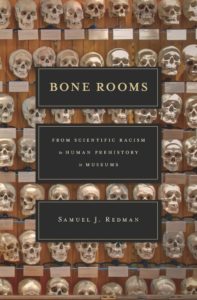 Bone Rooms: from Scientific Racism to Human Prehistory in Museums by Samuel J. Redman
Bone Rooms: from Scientific Racism to Human Prehistory in Museums by Samuel J. Redman
A fascinating and enjoyable read, this book takes a critical look at the ways scientists have stolen, studied, and displayed human remains over the years. Redman takes on ethical issues of scientific racism, exploitation, and consent and considers how museum have been complicit and continue to feel the effects of these practices today.
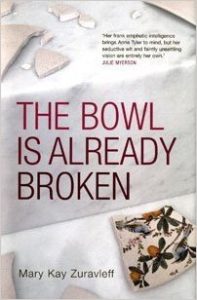 The Bowl Is Already Broken by Mary Kay Zuravleff
The Bowl Is Already Broken by Mary Kay Zuravleff
The author’s fictitious but totally believable National Museum of Asian Art takes center stage in this funny and offbeat book. Zuravleff, who worked as an editor at the Smithsonian, used her insider’s knowledge to construct wickedly accurate depictions of the quirky but devoted people who work in museums and confront–or cause–many of the big and small problems that occur in museums.
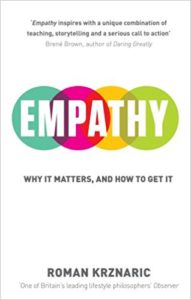 Empathy: Why it Matters, and How to Get It by Roman Kraznaric
Empathy: Why it Matters, and How to Get It by Roman Kraznaric
Over the last tumultuous year, several MER board members have felt that this book has proved helpful in both their personal life and professional practice. Kraznaric provides the reader with a theoretical framework and vocabulary that aid in understanding and practicing empathy. Museum educators may find the book a practical roadmap for broadening their own perspectives and helping visitors make meaningful connections across racial, political, and personal differences.
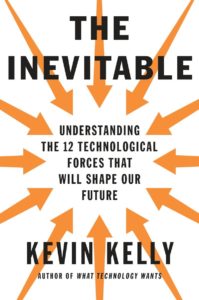 The Inevitable: Understanding the 12 Technological Forces that will Shape Our Future by Kevin Kelly
The Inevitable: Understanding the 12 Technological Forces that will Shape Our Future by Kevin Kelly
This book offers insight into how our digital world ever shifts the ways we work, think and play. Kelly describes the forces using present participles; for instance, “Becoming,” “Screening,” “Tracking,” “Interacting,” and “Questioning.” Kelly thinks like a futurist, and throughout each chapter spins a tale foretelling possible scenarios given these forces. It is fascinating to consider how museums might fit into each idea and how useful Kelly’s ideas can be for museum work.
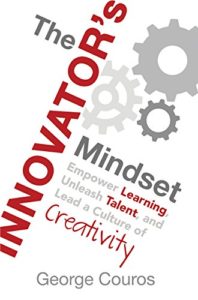 The Innovator’s Mindset: Empower Learning, Unleash Talent, and Lead a Culture of Creativity by George Couros
The Innovator’s Mindset: Empower Learning, Unleash Talent, and Lead a Culture of Creativity by George Couros
This inspirational book can make readers think differently and challenge them to look within themselves about the many possibilities that teaching and learning can be.
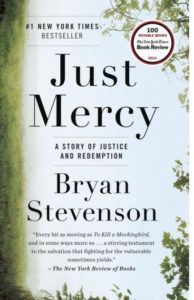 Just Mercy: A Story of Justice and Redemption by Brian Stevenson
Just Mercy: A Story of Justice and Redemption by Brian Stevenson
For museum educators this book has the potential to fan the flame of empathy for all of our existing and potential visitors. The author’s personal examples can spark readers to revisit what it means to be deeply motivated by justice and mercy in their own work.
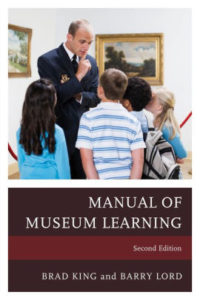 The Manual of Museum Learning, 2nd edition edited by Brad King and Barry Lord
The Manual of Museum Learning, 2nd edition edited by Brad King and Barry Lord
Less “manual” and more compelling case studies and inspiration, this edition has been updated with new insights from around the field. The chapter centered on “Learning for Change,” offers a particularly interesting framework for thinking about the skills and attitudes we hope to shape through museum learning.
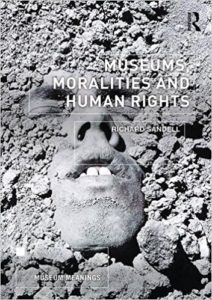 Museums, Moralities and Human Rights by Richard Sandell
Museums, Moralities and Human Rights by Richard Sandell
This book focuses on the significant role museums can play in the advancement of human rights, particularly LGBTQ rights. Using case studies from the National Portrait Gallery, the Walt Whitman Birthplace, the Liverpool Museum, and others, Sandell shows how museums have chosen to show or hide queer narratives in art and history. As museum professionals push institutions to take on social justice issues, it is exciting to read this book and consider museum work as human rights work.
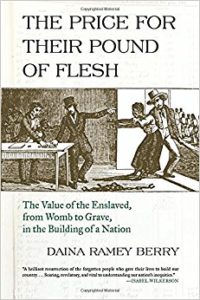 The Price for Their Pound of Flesh: The Value of the Enslaved, from Womb to Grave, in the Building of a Nation by Daina Ramey Berry
The Price for Their Pound of Flesh: The Value of the Enslaved, from Womb to Grave, in the Building of a Nation by Daina Ramey Berry
A sobering and gripping read about the economics of the Transatlantic Slave Trade. Berry uses narratives of real enslaved people as entry points to the book’s chapters and draws on primary sources to explain how enslavers determined the economic value of enslaved people based on qualities like age and gender. What sets this book apart on an emotional level is the way Berry describes how enslaved people expressed the way they saw their own value as individuals.
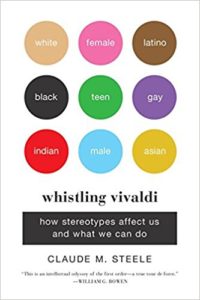 Whistling Vivaldi: How Stereotypes Affect Us and What We Can Do by Claude Steele
Whistling Vivaldi: How Stereotypes Affect Us and What We Can Do by Claude Steele
This fascinating read brings to the surface all the stereotypes we all hold both about each other and ourselves. Beyond that, the research and case studies in the book reveal just how much these stereotypes impact learning, and that small, but intentional changes in how we respond to each other can have profound differences in academic and social outcomes.
Wishing you and yours a peaceful and joyful (and book-filled) holiday season!

